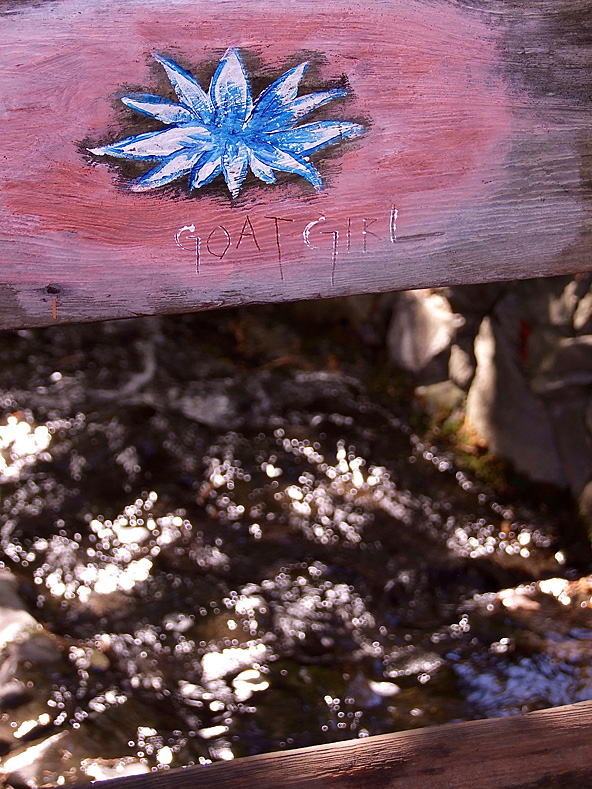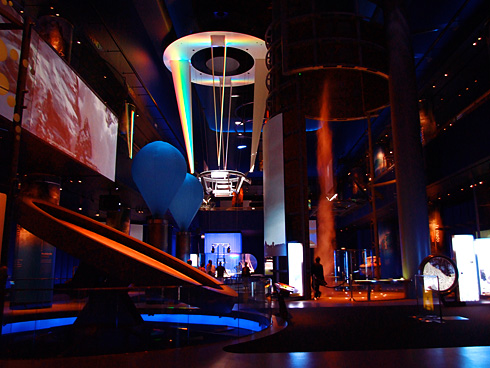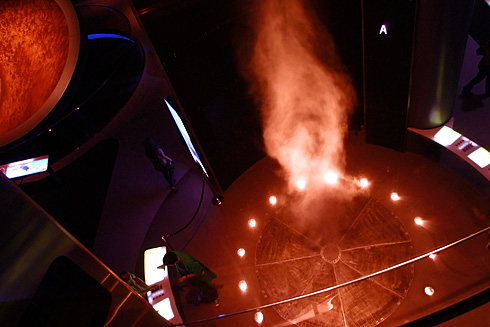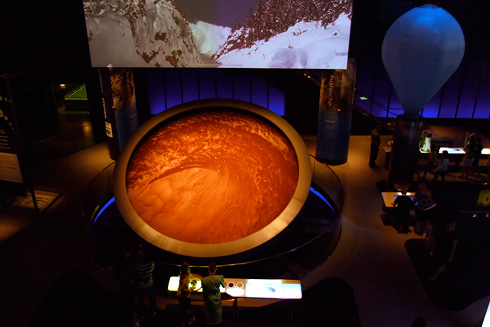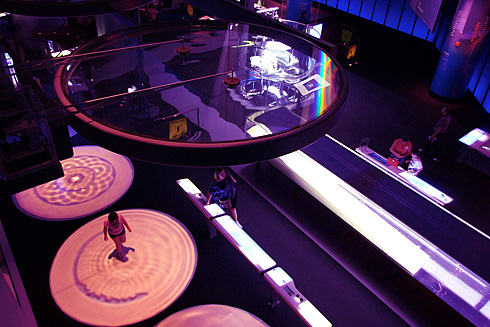Incredibly, it’s been exactly 4 years to the day since I’ve written a destination review; but November brought with it a beautiful new adventure, and I’d like to share it now.
Because sometimes a garden is still beautiful, even when most of it is dead.
Without getting into too many details about my recent move and a somewhat uncertain future, I’ll cut to the chase: last week I took a break from writing my 4th book and found myself in Berkeley, California.
I had a free afternoon, so I did some research on what to see. After weighing all the options, I decided to hike to the Berkeley Rose Garden which was an easy hike from downtown.
Or so I thought.
Turns out, the rose garden is on top of a hill, and it ended up taking me about a half hour to reach it. And when I finally did, the majority of the rose plots were quite dead. So dead, in fact, that I didn’t even bother photographing them. Perhaps if I’d felt morbid, I would have, but I wasn’t, so I didn’t.
Still, there were some verdant paths along the side, and I took one up and around until I reached some roses yet living. This variety is called Tahitian Sunset, and it was easily my favorite.
Further down, I came to a plaque with a quote by Thomas Wadsworth, who was apparently a poet and a BIG fan of roses.
The entire garden is built on a slope and as I reached the lower part of the garden to the rear, I noticed a small bridge crossing the stream. At first, I was pleasantly surprised that someone had painted a lotus on the bridge, but then I noticed the words “goat girl” carved below the paint.
Which came first? The painting or the carving?
Based on the wear pattern, I would guess that the painting was first, but I’m curious to hear your thoughts in the comments, of course.
I crossed the bridge, finding a wooden bench near the steam on the other side. I sat down and it occurred to me that this would be an excellent place to meditate.
I closed my eyes and continually brought my attention back to the feeling of air on my nose, back to the present moment. Thoughts kept coming up, and I noticed my brain doing a good bit of cleaning house as I continually brought my attention back to the touch of crisp air on my nostrils.
I hadn’t planned to meditate here at all, and when I opened my eyes again, I was shocked to find that 45 minutes had passed! I felt incredibly relaxed and more centered than before, and as I hiked back around and up to the entrance, I thought about some teachers I’d known who had told me that every step itself could be a meditation.
After avoiding some mud and realizing I had taken the long way around the nearby tennis court, I saw the Golden Gate bridge above the horizon in the far distance and snapped the photo below.
Even though most of the garden was dead, I was still surrounded by so much beauty, and I felt warm gratitude in my heart for where I was. Recommended.
More photos from this trip are in the Berkeley Rose Garden album.



